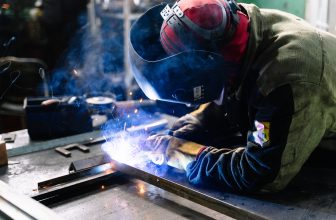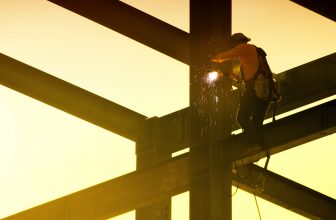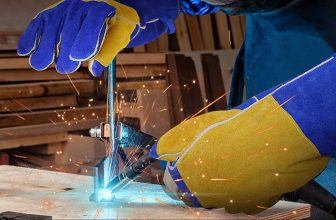Copper welding is a process that involves joining two pieces of copper together using heat and pressure. Copper is a versatile and widely used material in many industries, including construction, plumbing, and electronics. It has excellent thermal and electrical conductivity, making it a popular choice for applications that require high levels of conductivity. However, welding copper requires a different set of skills and techniques than welding other materials, such as steel or aluminum.
Whether you are a seasoned welding professional or just starting out in the field, this guide will provide you with valuable insights into the world of copper welding. Let’s dive in!
Understanding copper
Before diving into the process of welding copper, it’s important to have a basic understanding of the material itself. Copper is a soft, malleable metal with excellent electrical and thermal conductivity. It is a highly ductile metal that can be easily formed into a variety of shapes and sizes. Copper is also known for its corrosion resistance, which makes it a popular choice for plumbing and outdoor applications.
However, copper does have some unique properties that can affect the welding process. For example, copper has a high thermal conductivity, which means that it conducts heat away from the weld zone very quickly. This can make it challenging to maintain a consistent welding temperature, and can result in a weaker weld.
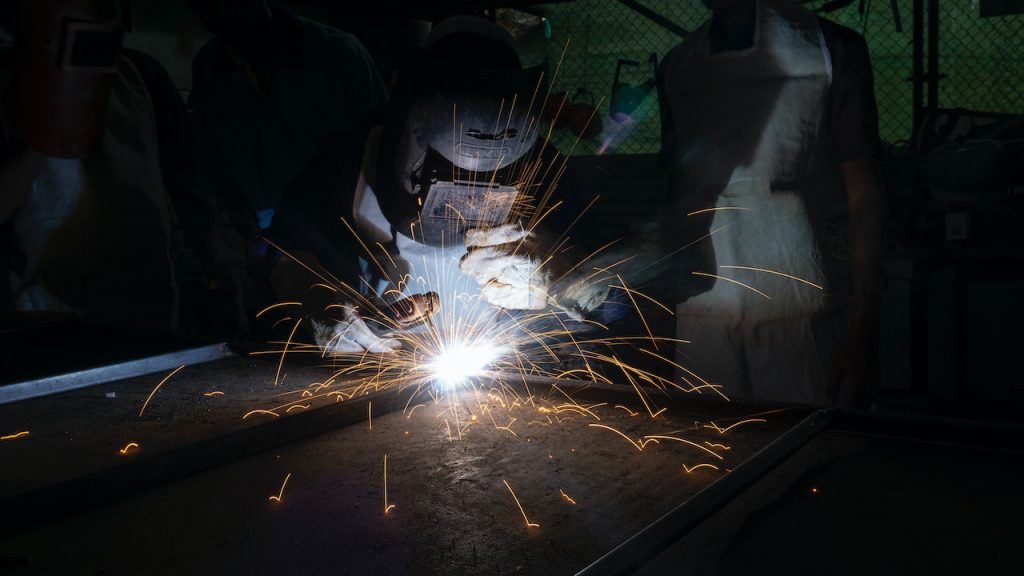
Copper also has a relatively low melting point compared to other metals, such as steel or aluminum. This means it can be more prone to warping or distortion during welding.
Copper alloys
When it comes to welding copper, there are several different types of copper alloys that may be used. These alloys can have varying properties and characteristics that affect the welding process. Some common copper alloys used in welding include:
- C11000 (also known as Electrolytic Tough Pitch or ETP copper)
- C10100 (also known as Oxygen-Free High Conductivity or OFHC copper)
- C18200 (also known as Chromium Copper)
Understanding the properties of these alloys, as well as their intended use, is an important step in preparing for a successful copper weld.
Preparation for Copper Welding
As with any welding process, safety should be the top priority when preparing to weld copper. Copper dust and fumes can be harmful to your health, so be sure to wear appropriate personal protective equipment (PPE), such as a respirator, gloves, and safety glasses.
Before welding
Before welding, it’s important to clean the copper surfaces to remove any dirt, oil, or other contaminants that may interfere with the welding process. This can be done using a wire brush or a chemical cleaner designed specifically for copper. Any surface oxidation should also be removed, as this can weaken the weld.
It’s important to note that copper is a highly conductive material, which means that it can quickly dissipate heat away from the weld zone. As a result, it may be necessary to use a preheating technique to maintain a consistent welding temperature. This can be achieved using a propane torch or a preheating oven.
During the weld
When welding copper, it’s important to use the right tools and equipment. Tungsten inert gas (TIG welding chart) welding is often the preferred method for welding copper, as it allows for precise control of the welding arc and minimizes the risk of oxidation. A high-frequency start TIG welder is recommended for welding copper. You can find the right TIG welder here.
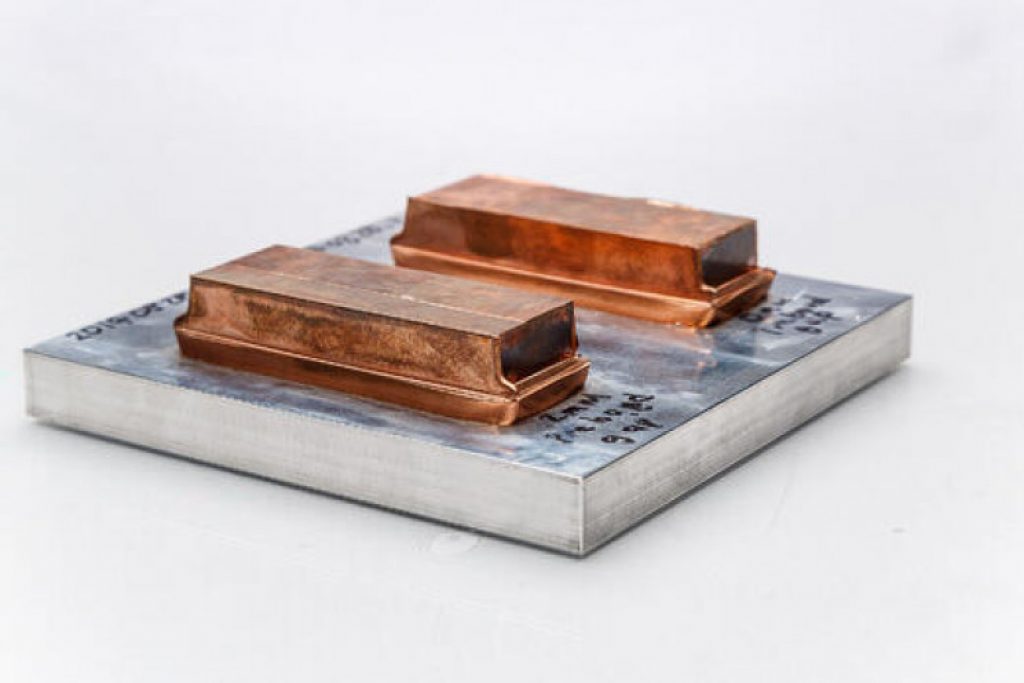
You will also need to choose the right filler metal for your project. Copper filler metals come in a variety of types and sizes, so it’s important to choose the one that best matches the properties of the base metal.
Technical Setup for Copper Welding
The technical setup for copper welding will depend on the specific welding method and equipment being used and the properties of the copper alloy being welded. However, there are some general guidelines that can help ensure a successful copper weld.
Welding Parameters
When setting up your welding parameters for copper welding, it’s important to consider the properties of the copper alloy being used. Copper alloys have varying melting points, thermal conductivities, and other properties that can affect the welding process. The welding parameters should be set to match the specific alloy being welded.
Recommended filler material for coppers and copper alloys
| Alloy type | Recommended filler |
|---|---|
| Coppers (tough pitch, phosphorus deoxidised) | Cu 1897, Cu 1898 |
| Brasses (low Zinc) | Cu 6328, Cu 6560 |
| Nickel Silvers (20%Zn/15%Ni type) | Cu 6328, Cu 6560 |
| Silicon Bronze (3%Si) | Cu 6560 |
| Phosphor Bronze (4.5% to 6%Sn/0.4%P) | Cu 5180 |
| Aluminium Bronze (<7.8%Al) | Cu 6240, Cu 6100 |
| Aluminium Bronze (>7.8%Al) | Cu 6180, Cu 6328 |
| Aluminium Bronze (6%Al/2%Si) | Cu 6100 |
| Gunmetal (low lead) | Cu 5180, Cu 6560, Cu 6180 |
| Cupro-Nickel (10%Ni) | Cu 7061, Cu 7158 |
| Cupro-Nickel (30%Ni) | Cu 7158 |
Rough guide to recommended settings
| Process | Thickness (mm) | Shielding Gas | Preheat °C | Welding Current (amps) |
|---|---|---|---|---|
| TIG | 1.0 | argon | >10 | 20 – 60 |
| 1.0 – 2.0 | argon | >10 | 50 – 160 | |
| 2.0 – 5.0 | 25% argon, 75% helium | 50 | 120 – 300 | |
| 6.0 – 10.0 | 25% argon, 75% helium | 100-200 | 250 – 375 | |
| 12.5 | 25% argon, 75% helium | 350 | 350 – 420 | |
| 15.0 | 25% argon, 75% helium | 400-450 | 400 – 470 | |
| MIG | ||||
| <5.0 | argon | 10-100 | 175 – 240 | |
| 5.0 – 7.0 | 25% argon, 75% helium | 100 | 250 – 320 | |
| 10.0 – 12.5 | 25% argon, 75% helium | 200-300 | 300 – 400 | |
| 16.0 | 25% argon, 75% helium | 350-450 | 350 – 600 |
Troubleshooting Copper Welding Issues
While copper welding can be a rewarding and effective welding process, it can also present some challenges for welders. Here are some common issues that welders may encounter when working with copper, and how to troubleshoot these issues.
Porosity
Porosity is a common issue in copper welding, and is caused by the presence of gas pockets within the weld. This can weaken the weld and reduce its overall quality. To prevent porosity, make sure to properly clean and prepare the surfaces to be welded, use the appropriate filler metal, and avoid overheating the material.
If porosity does occur, it can often be repaired by re-welding the area or by using a copper-based brazing alloy.
Cracking
Cracking can occur in copper welds due to several factors, including rapid cooling, thermal stress, and excessive heat input. To prevent cracking, make sure to use a preheating technique if necessary, and avoid rapid cooling of the material after welding. It’s also important to use a consistent welding technique and avoid overheating the material.
If cracking does occur, it may be necessary to repair the weld by re-welding the area or by using a copper-based brazing alloy.
Oxidation
Oxidation can occur in copper welding due to exposure to air and high temperatures. This can weaken the weld and reduce its overall quality. To prevent oxidation, use a shielding gas such as argon or helium, and avoid overheating the material.
If oxidation does occur, it can often be cleaned off using a wire brush or sandpaper.
Distortion
Distortion can occur in copper welding due to the high thermal conductivity of the material, which can cause it to expand and contract rapidly during the welding process. To prevent distortion, use a preheating technique if necessary, and avoid overheating the material.
If distortion does occur, it may be necessary to use a heat treatment or mechanical straightening process to correct it.
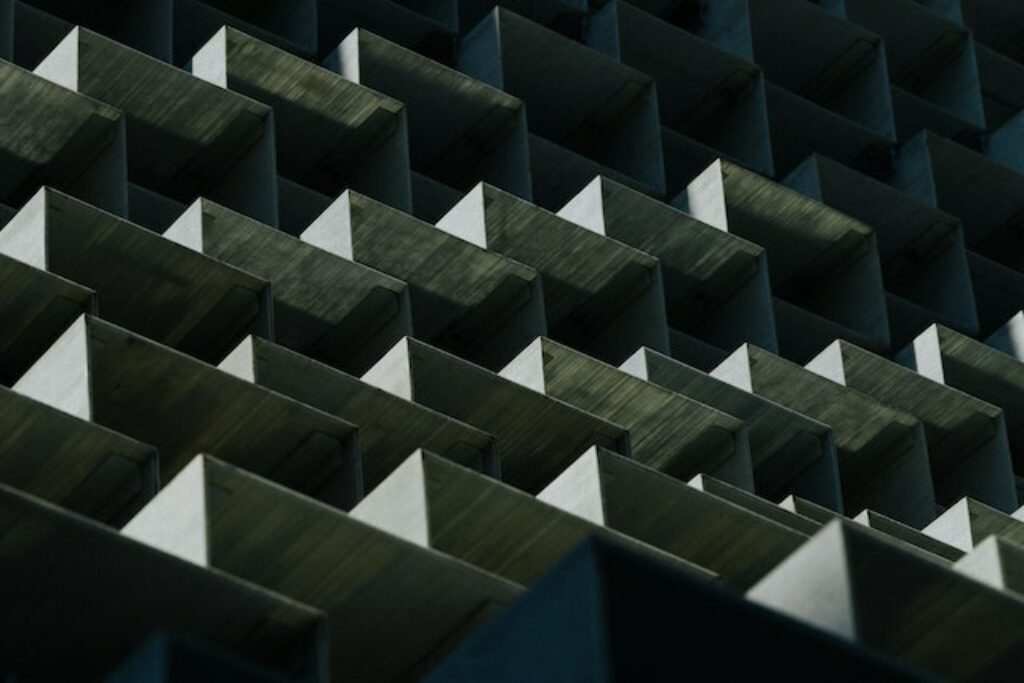
Environmental Impact of Copper Welding
While copper is a highly versatile and useful material, it’s important to consider the potential environmental impact of copper welding. Copper mining and processing can have a significant environmental impact, including air and water pollution, deforestation, and soil erosion.
To reduce the environmental impact of copper welding, it’s important to prioritize sustainability and responsible sourcing of materials. This includes sourcing copper from suppliers who prioritize sustainable mining practices, reducing waste and energy consumption during the welding process, and properly disposing of any hazardous materials or waste products.
Also, consider alternative welding methods that may have a lower environmental impact. For example, friction stir welding is a solid-state welding process that can be used to join copper without the need for filler metal or shielding gas, reducing the amount of waste and emissions generated during the welding process.
By prioritizing sustainability and responsible sourcing of materials, and considering alternative welding methods, you can help reduce the environmental impact of copper welding and ensure a more sustainable future for the welding industry.
Conclusion
Copper welding can be a challenging but rewarding process for welders. With its excellent thermal conductivity, electrical conductivity, and corrosion resistance, copper is a versatile material used in various applications, from electrical components to plumbing fixtures and beyond.
To achieve high-quality copper welds, it’s important to follow a careful preparation and technical setup process, including selecting the appropriate welding method, filler metal, and shielding gas. Proper cleaning, preheating, and welding technique can also help prevent common issues such as porosity, cracking, oxidation, and distortion.



